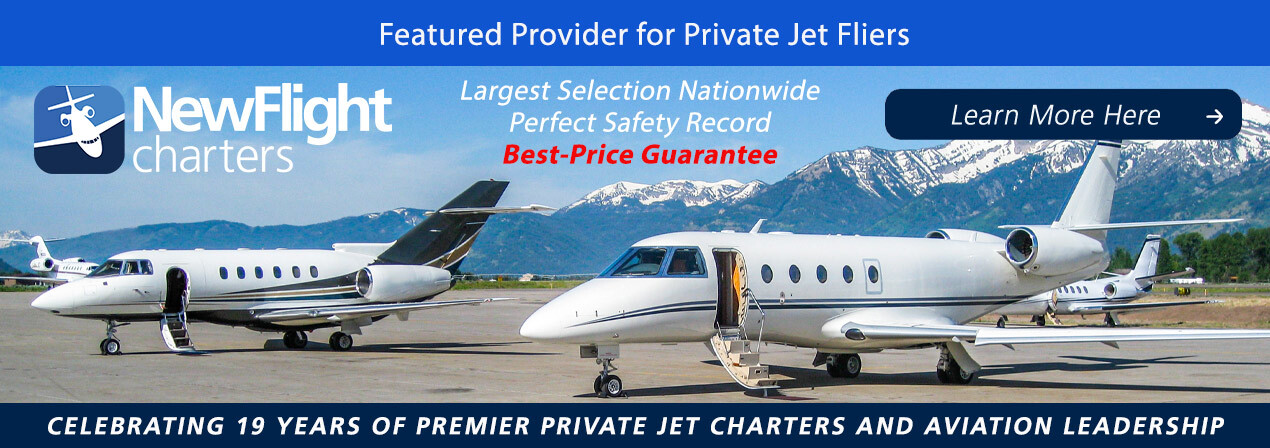2016 report includes information and analysis on Part 135 operators – aircraft – revenues – utilization – safety – passengers – airports.
For the first time the U.S. FAA has fully quantified the Part 135 industry, providing a baseline to track its contribution to the economy and the effect of rulemakings on air charter operators. The agency released the long-awaited congressionally mandated FAA Charter Industry Report, finding that 2,155 U.S. charter companies operate 10,655 aircraft to more than 3,000 airports. The companies average 19 employees, have only a couple of aircraft and report less than $2.5 million in annual revenues. Business jets account for 30 percent of the fleet, with the remainder made up of pistons, turboprops and helicopters.

FAA Charter Industry report 2016
“In requesting this report, Congress recognized the importance of the air charter industry to the aviation sector and the fact that a full understanding of this segment’s importance to the national economy requires information culled from a number of disparate sources,” said NATA president and CEO Tom Hendricks. The report illustrates the vital role charter operators play in the economy, reaching five times as many communities as schedule airlines, he said.
The FAA’s study also “underscores the folly” of assessing user fees on that segment of general aviation, considering that most on-demand operators are small businesses, Hendricks added. Noting the report depicted a reduction in the number of charter certificates, he said, “Why would we want to make that harder by allowing an airline-dominated air traffic control corporation to become the de facto economic regulator of small businesses providing the only air service to thousands of communities across this nation?”
Source: AINonline

